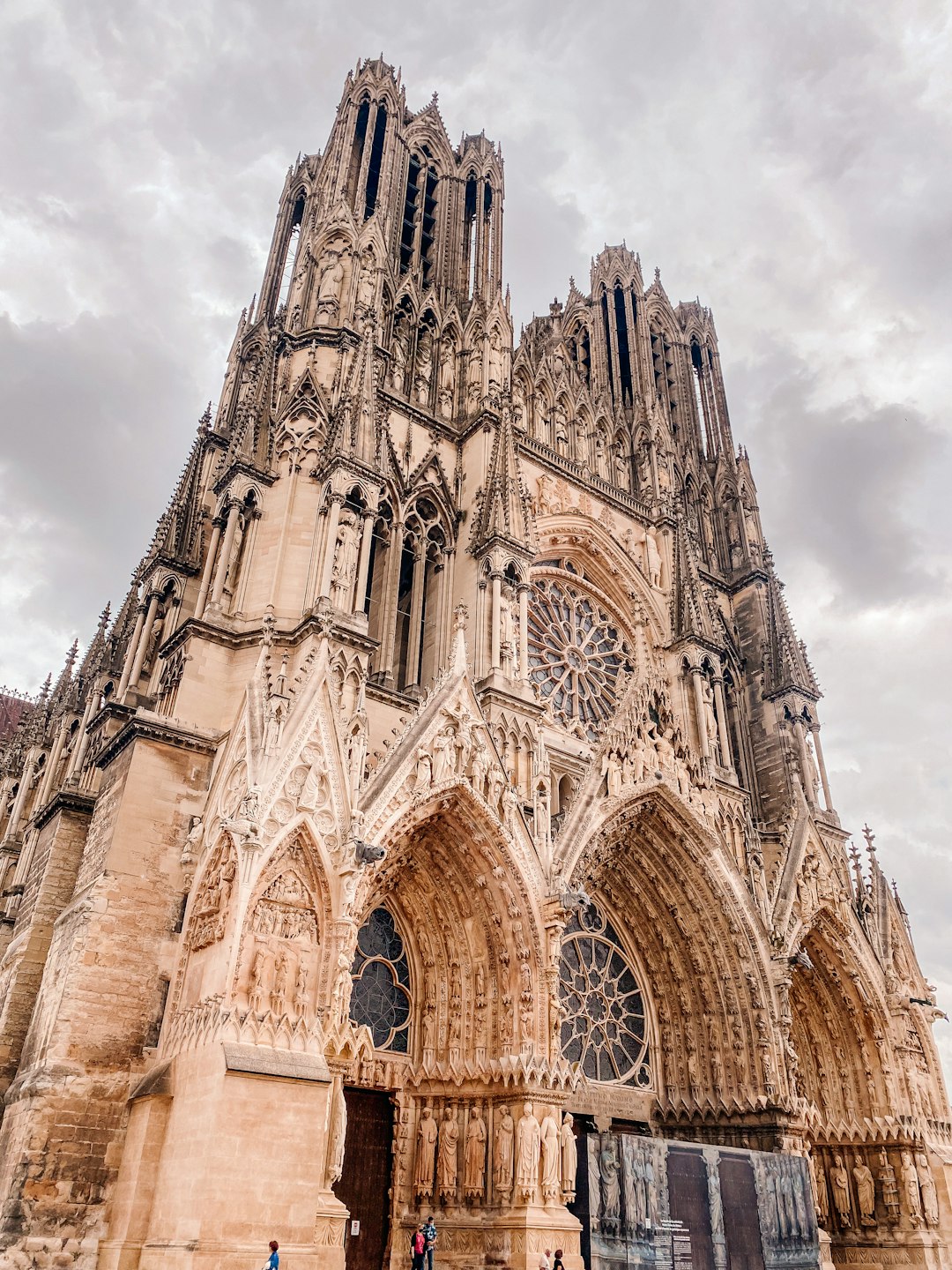
Of all the wonders achieved by the builders of the Gothic cathedrals, my favorite lesson they teach involves the relationship of strength and beauty, specifically the ennobling of strength by bringing it into the service of beauty. “Architecture is,” as Archbishop Sheen wrote, “a reflection of a philosophy of life.”…
Keep reading with a 7-day free trial
Subscribe to The Chivalry Guild Letters to keep reading this post and get 7 days of free access to the full post archives.


